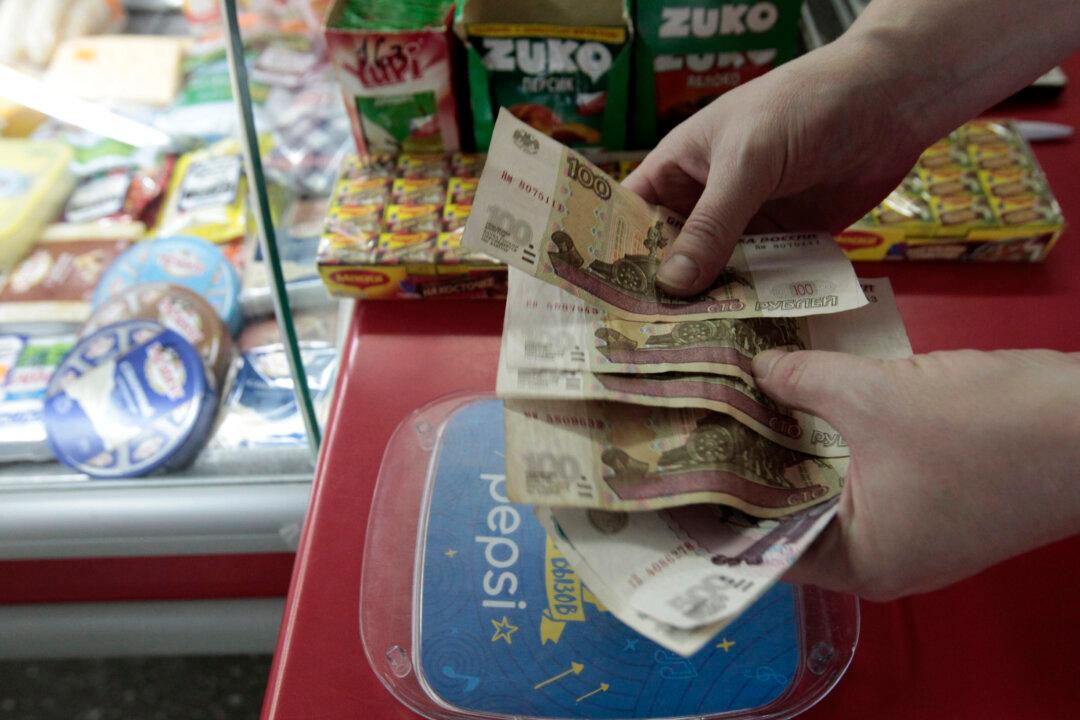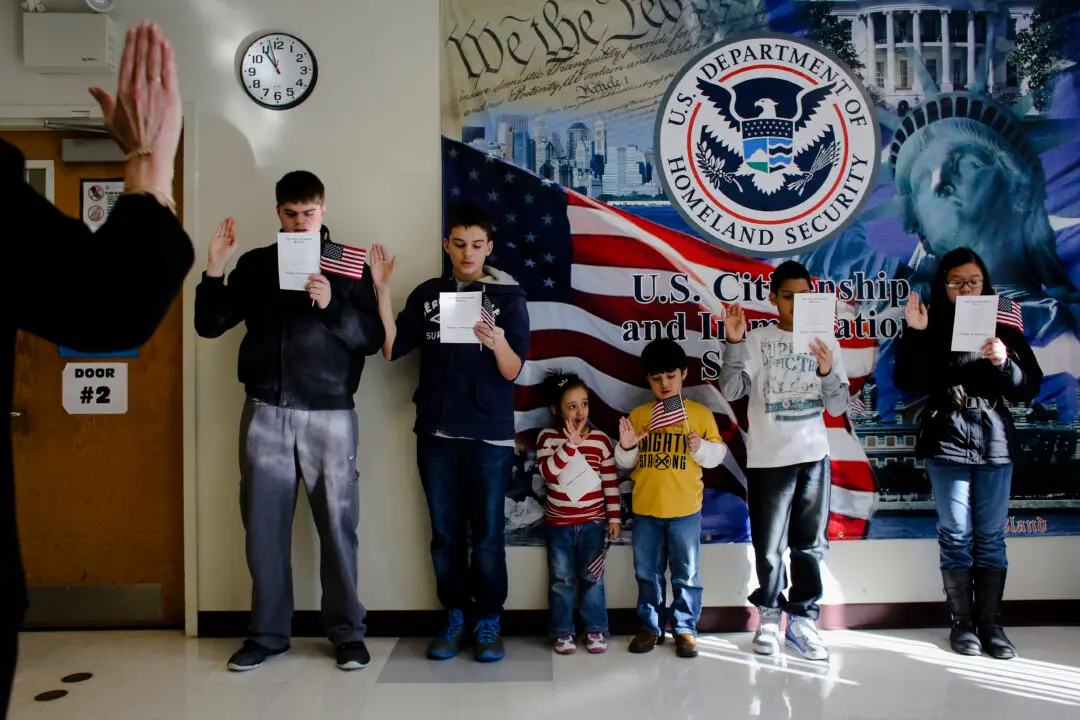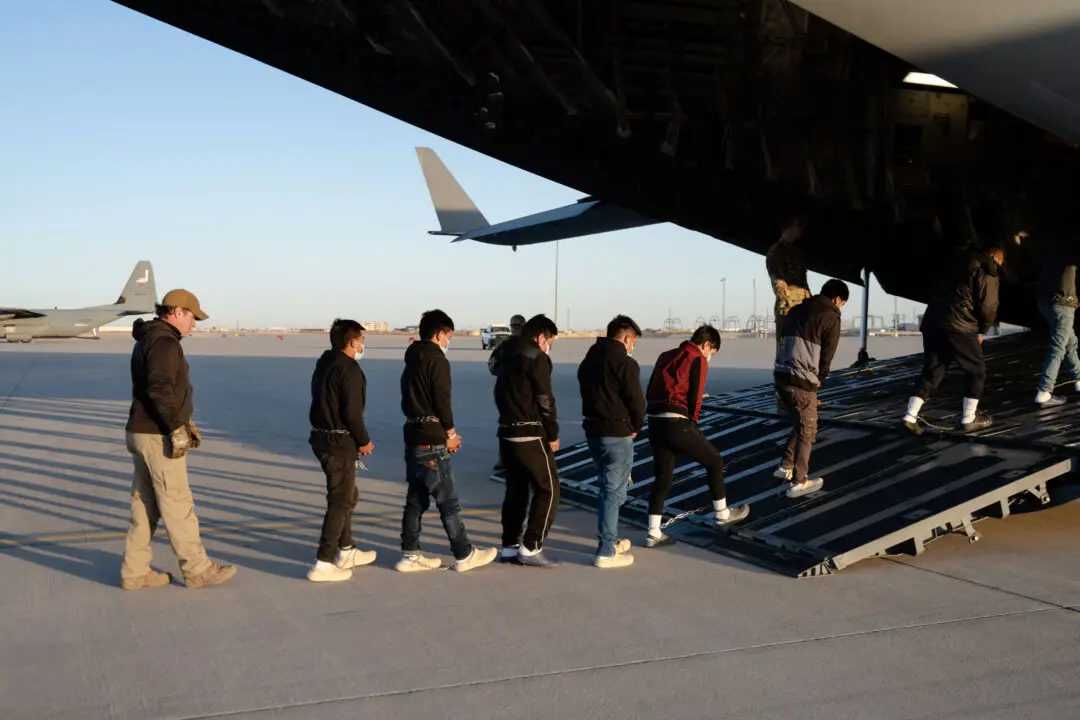Russia’s annual inflation hit 14.53 percent as of March 18, up from 12.54 percent a week ago as the country’s economy and currency struggle against severe sanctions imposed by the West due to Moscow’s invasion of Ukraine. This is the highest annual inflation rate since November 2015.
Inflation for the week ending March 18 was 1.93 percent, slightly lower than the 2.09 percent inflation rate of the previous week, data from state statistics service Rosstat showed. The year-to-date increase in inflation was 7.67 percent.





